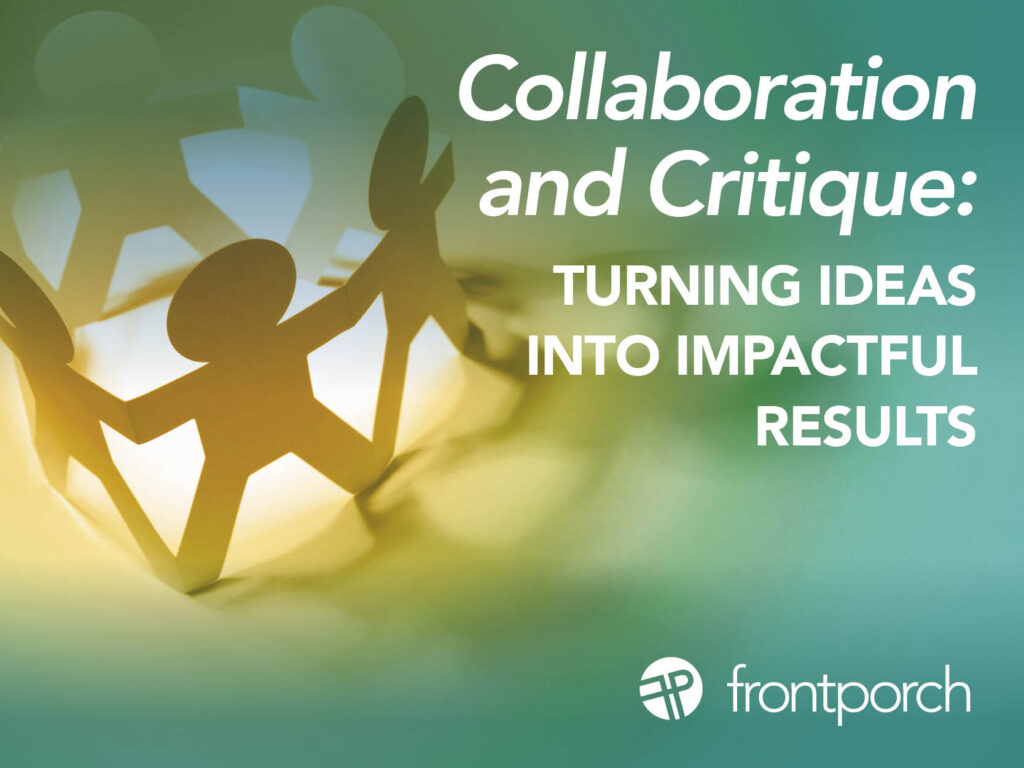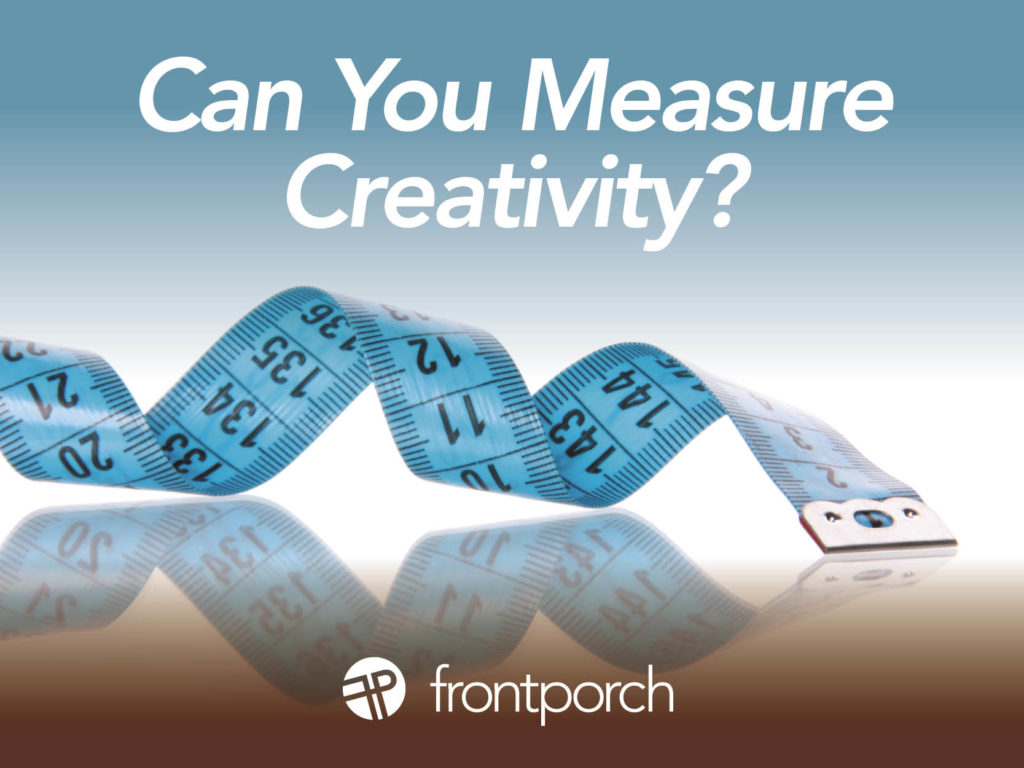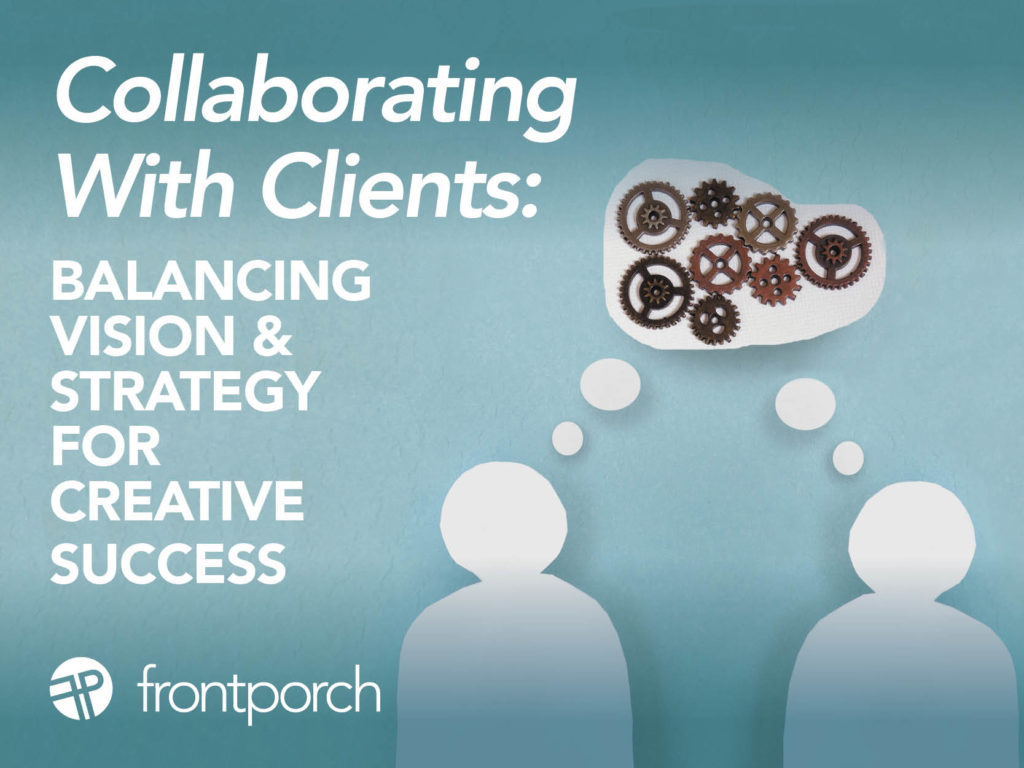
Collaboration is inevitable, whether in our careers, schooling or social life. This past semester I have worked to find balance between my schooling and work. Through this, I’ve gained valuable insight into how brainstorming, critiques and suggestions are all necessary to reach meaningful results.
Growing up, I had a difficult time taking suggestions or criticism of my work. I was quite a perfectionist in that I couldn’t help but feel that any critiques were slightly personal. Yet, as I’ve grown creatively and gotten to work with other talented creatives, I’ve shifted my perspective on collaboration. My mindset has changed from previously becoming discouraged to now feeling motivated to improve. Here are some tips that have stuck with me that I keep in mind during any project I work on.
Tip 1: Critiques are not a Criticism of your Creativity
In my graphic design course, my work is regularly displayed to the class for my classmates to comment on. Going into my first critique session, I was terrified for my work to be perceived by others. But after listening to the critiques and making the changes to my work, I’m able to see both aesthetic and practical improvements. This has shown me that critiques should not undermine your creativity. Ultimately, you’ve already done the work that becomes the base for any critiques you may receive. You were able to create something worth discussing and that people want to see grow to its best potential. No project is perfect from the jump, and sometimes it takes multiple sets of eyes to notice things you haven’t.
Tip 2: Don’t Hold Back Ideas
Growing up, I tended to hold back my ideas unless I felt confident that they would impact the conversation at hand. I became hard on myself when it came to brainstorming, often thinking that if I shared an idea people didn’t use, it was a waste of time. Recently, I’ve come to learn how harsh I was on myself and now understand the value of sharing any relevant ideas that come to mind. You never know whether your idea will have that big impact unless it’s shared, and if it doesn’t, that’s ok! Most of the time, our ideas become catalysts for others to expand their thought process. Great solutions are discovered from bouncing ideas off of one another.
Tip 3: Push Yourself to Think Past the Safe Choice
The most important thing to ask yourself when working on a project is if the work is a good reflection of your company. This requires you to consider your audiences and stakeholders, recognizing what they want from your business and prioritizing that. By fully understanding your audience, you can experiment creatively with your messaging. Although it’s important to stick to a cohesive brand voice, don’t be afraid of creating content outside your norm. This could mean hopping onto current trends or trying out a new advertising campaign; regardless, audiences want to see fresh, entertaining content. This is another area in which conversation is key. Speaking with others and gathering multiple opinions is the best way to grow creatively without straying away from your brand image.
Collaboration is the backbone of the creative process. With each critique or suggestion, we learn more about our craft and improve our skills. It’s important to trust those around you, for that trust fosters innovation and can motivate groups to work towards a common goal. So, don’t be afraid to speak your mind, ask questions and learn from others — you never know which ideas will spark successful content.




 The other day, I saw a quote a friend had posted from Jeff Bezos, founder and CEO of
The other day, I saw a quote a friend had posted from Jeff Bezos, founder and CEO of